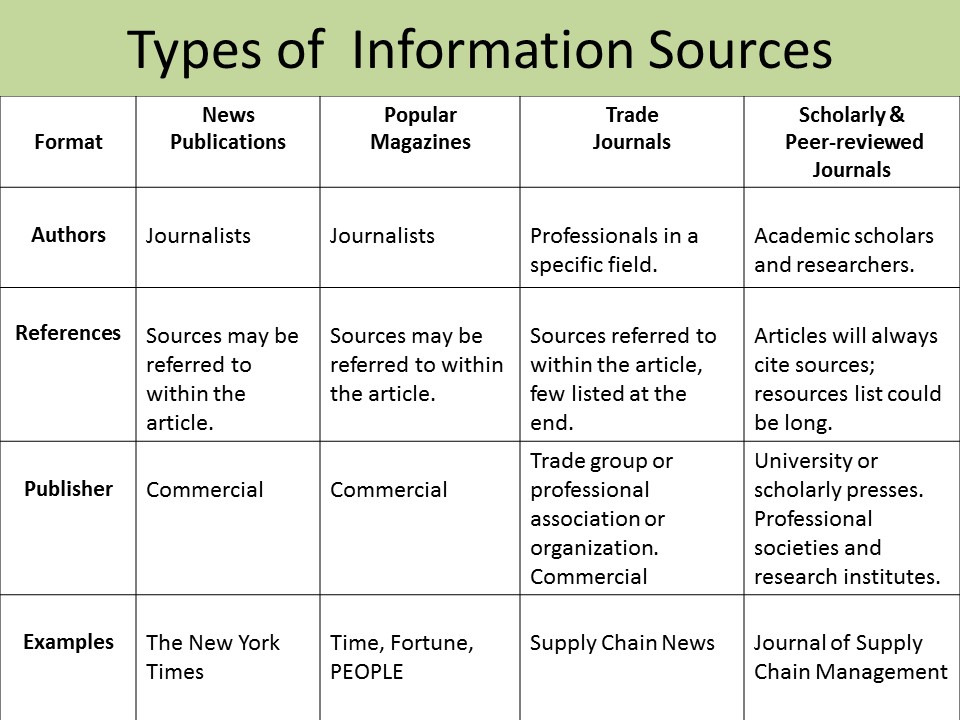Scientific publications
Below is a list of common features of scientific publications:
- They are produced by researchers within a field of research.
- They communicate scientific results from research studies.
- They are often peer reviewed by others within the same field.
- They are published in scientific channels, usually journals, published by publishers specialised in scientific publications (although not always).
- Articles typically follow a specific structure, commonly referred to as IMRaD (Introduction, Methods, Results, and Discussion).
On the page Evaluate sources you will get advice that will help you to be critical of sources and help you assess what you are reading.
-
Generally, scientific articles are the most dominant form of scientific publication, even if this varies between different academic disciplines.
Film: Scientific articles (03:17) produced by Linnaeus University Library
On the page Examining and assessing publications you can read more about how to assess articles.
Original articles
Original articles, research articles, empirical articles and research papers are empirical studies showing the results of new research for the first time.
Review articles
Review articles do not show the results of a study of their own. A review article describes, analyses, summarises, and assesses published research within a limited field of research. A systematic review is characterised by the fact that it has been carried out based on a certain methodology with the aim of compiling all available research within a subject area. All steps in the process are carefully documented.
Examples of review articles are literature reviews, systematic reviews, meta-analysis, integrative reviews, scoping reviews, etc.
In the article A typology of reviews: an analysis of 14 review types and associated methodologies (external link), the authors describe what characterises 14 different types of review articles. The article Meeting the review family: exploring review types and associated information retrieval requirements (external link) also describes different types of review articles. You can also learn more about different types of review articles in books about research methodology.
Although review articles summarise individual studies and can therefore be considered to have a greater scientific value, these types of articles also need to be reviewed and evaluated based on how the review was conducted.
Theoretical articles
Theoretical articles discuss and develop theories within a subject. These are not as common as original articles and review articles.
Versions of articles
Different versions of articles exist, because they can be made available online at different periods of time in the publication process. There are several different labels for this depending on where in the process the article happens to be. Furthermore, different journals sometimes use different names for the same type of material.
Preprint
Preprints are articles that have not yet been peer reviewed (reviewed by subject experts). Another name is author original manuscript.
Postprint
Postprints are articles that have been peer reviewed but have not yet been given their graphic form. Sometimes they can be called author manuscripts, accepted articles, or accelerated article preview.
Published ahead of print
Published ahead of print are articles that have been peer reviewed, they have been given their graphic form and they have been published on the web but the journal issue in which the article will be published has not yet been decided. They can also be called, for example, EarlyCite articles, article in progress, article in press, online ahead of print, early view and online first.
-
There are various types of conference proceedings, such as papers, abstracts, and posters. What they have in common is that they are all presented at a conference. Conference papers are often published in a collected volume known as conference proceedings. Since not all conferences conduct peer review, the scientific quality of conference papers can vary.
Conference proceedings can also vary in their impact within different research areas. In areas where the rate of publication is high, computer science, for example, conference publications are one of the most important ways to disseminate research findings.
Film: Conference publication (01:40) produced by Linnaeus University Library
-
A thesis is a scientific work that is produced within a doctoral programme. There are two types of theses, doctoral theses and licentiate theses. A thesis is usually published in the form of a book.
Film: Dissertation (01:40) produced by Linnaeus University Library
-
In contrast to other scientific material, a research report or scientific report is usually not reviewed by other researchers before it is published. Usually, reports are published in a report series from various universities and government authorities. Occasionally, reports are prepared to inform decision-making processes within various official agencies.
Film: Scientific report (01:33) produced by Linnaeus University Library
-
Academic non-fiction (a type of book) differs within various subject areas. For example, within the humanities and law, it is more common for researchers to present their work either as a book or as a chapter in an edited volume, often referred to as an anthology. An anthology has chapters written by various researchers and an editor who compiles the chapters. This means that an anthology is often considered to have greater impact as a source compared to a book by one single author, since the contributions have been reviewed by the editor. Academic non-fiction typically includes scientific investigations, research surveys or theoretical perspectives.
Scholarly books sometimes, but not always, have a peer review procedure similar to that of scholarly articles. Instead, there are other quality signs you can look out for:
- Is the book's author a researcher working at a college or university?
- Which publisher has published the book? Is the publisher scientific? To review the publisher, you can use the Norwegian list (external link) and the Finnish list (external link).
- What information is there about the review process of the book's content? Read the book's preface and introduction as well as on the publisher's website to find out more.
- Are there references in the book to other scientific publications?
Other types of publications
There are many publications that can be relevant to use, without being scientific. Depending on the assignment, there can be demands on various types of publications that are fine to use and some which are not. Below is a description of some different types of publications and what is good to know about them.

